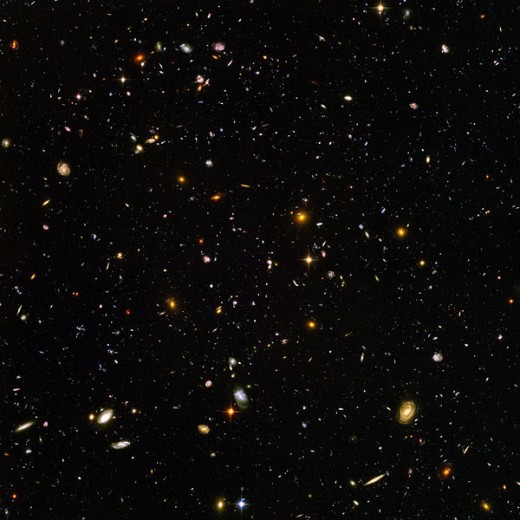Cosmology: the Study of the Universe

Cosmology is the study of the universe. In the general sense of the word, it is an interdisciplinary academic pursuit that involve science, philosophy, theology, and the arts that seeks to understand and find unification in its fundamentals. As a scientific approach, cosmology is the study of both the large and small structures of the universe. It anchors its approach towards understanding the universe through physics, mathematics, and astronomy to present a holistic cosmic picture. Cosmology is one of the rare sciences in which specialization is rather difficult. Cosmologist have to be well versed in their field of specialty, say for instance, physics; have an understanding on how the universe works; and apply their understanding of physics with the concepts on how the universe works[1]. But before cosmologist could delve deeper on the inner workings of the universe, they must first find answer to the all important question: How was the universe created?
The Universe
Using the standard cosmological model, the Universe was estimated to have begun ten or fourteen billion years ago with a Big Bang (Although personally, I adhere to the Creationism Theory). During the earlier years of cosmology, it was believed that the universe is an a priori, that it has no beginning and no end—an infinite phenomenon. However, through the inception of the Big Bang Model, the universe was forced to take the properties of a finite phenomenon that required for it to have a beginning and an end.
During a period of accelerated superluminal expansion called inflation, every particle started rushing apart from every other particle in an early super-dense phase. At the point of this event all of the matter and energy of space was contained at one point. What existed prior to this event is completely unknown and is a matter of pure speculation. This occurrence was not a conventional explosion but rather an event filling all of space with all of the particles of the embryonic universe rushing away from each other. The galaxies were not all clumped together, but rather the Big Bang lay the foundations for the universe. The proof of this phenomenon could still be observe today as galaxies are continually receding from us in all directions is part of the outcome of this initial explosion.[2]
“At the same time, quantum mechanical fluctuations of the vacuum generated primordial density fluctuations in the matter distribution. Gravity enhanced these in homogeneities, seeding the formation of present-day structure” The mass density of ordinary or baryonic matter only makes up of about 20 percent of the matter that led to the emergence of structure while the rest is in the form of a dark matter component that is still unknown to science. Just recently, the universe had entered into a new phase of expansion. This new development was attributed to the increase in dark vacuum energy density monitored over the ever-lower matter density. The dark energy dominates mass-energy density of the Universe by at least 70 percent. The universe’ process of evolution started from a fully-ionized plasma to an almost neutral state in which molecules could form and the first stars were created. [3] Another interesting subject of study that Cosmology is involved into is the study of the solar system. The Solar System, to which our planet Earth is a part of, was formed 4.5 billion years ago. It contains a vast numbers of planets, moons, asteroids, comets, and other celestial bodies that comes in all forms, compositions, colors, shapes, and sizes. The Earth’s star for instance, the Sun is a large ball of hot plasma powered by nuclear fusion[4].
foot notes
[1] Harrison, E. R. (2000). Cosmology: The Science of the Universe. New York: Cambridge University Press.
[2] http://www.damtp.cam.ac.uk/research/gr/public/bb_pillars.html#expansion
http://www.cfa.harvard.edu/research/cos.html
[3] http://www.cfa.harvard.edu/research/cos.html
[4] http://www.cfa.harvard.edu/research/cos.html









